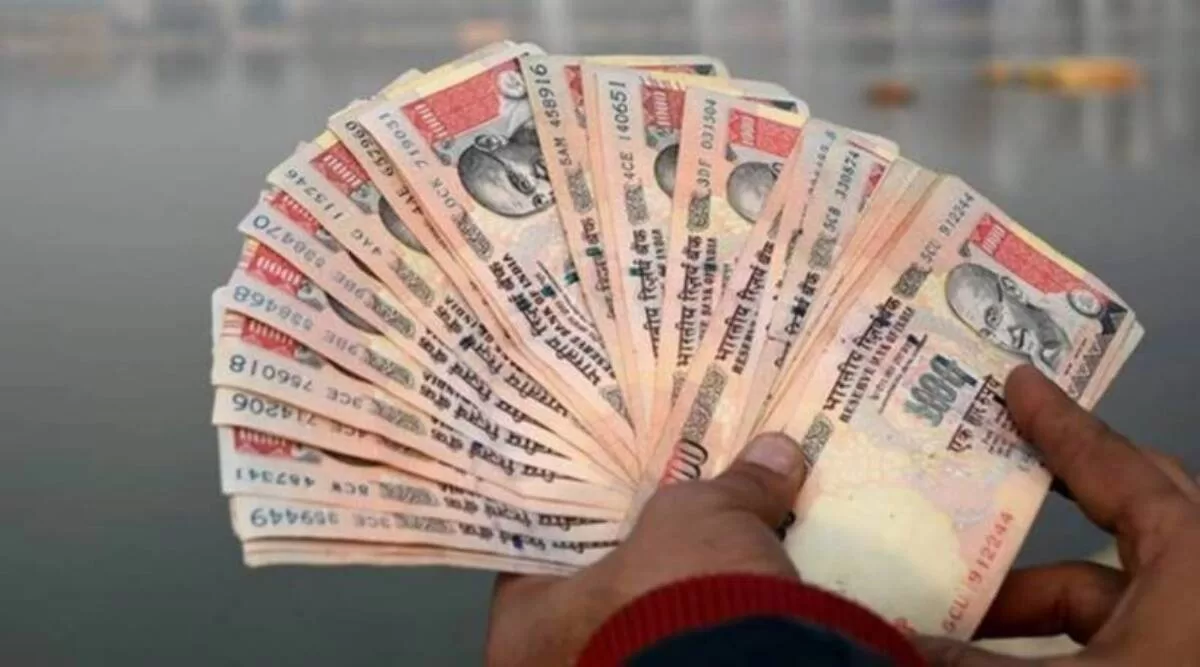On the political argument, the debate is not over and Parliament must engage in it. (File)
P Chidambaram writes: The Supreme Court declined to go into the wisdom of demonetization or whether the economic consequences and hardships were proportionate to the objects of demonetization.
Written by P Chidambaram
Updated: January 8, 2023 08:09 IST
There can be no doubt that the central government won the legal battle on demonetization. By a 4:1 verdict, a Constitution Bench of the Hon’ble Supreme Court rejected all the contentions of the petitioners. Once the highest Court has declared the law, the conclusions of the Court are binding on all citizens. The dissenting judgement will only be an appeal to “the brooding spirit of the law, to the intelligence of a future day.”
The Legal Dimension
What did the Court hold on the six questions framed by it?
1. The power of the central government under Section 26, sub-section (2) of the RBI Act can be exercised to demonetize all series of bank notes (of one or more denominations).
2. Section 26, sub-section (2) is valid and cannot be struck down as an instance of excessive delegation.
3. The decision-making process in the instant case was not flawed.
4. The impugned demonetization satisfied the test of proportionality.
5. The period provided for exchange of notes was reasonable.
6. The RBI does not have the power to accept the demonetized notes (for exchange) beyond the stipulated period.
Leaving aside the technical legal questions, what will interest the reader are the answers listed at 1 and 3. On the power of the central government to demonetize, the Court held that it was equal to the power of Parliament, provided there is a recommendation of the RBI to that effect. On the decision-making process, the Court held that the Central Board of the RBI had considered all relevant factors and all relevant factors were considered by the Cabinet too.
The Court made some observations that will interest the reader: on the question whether the objectives of demonetization were achieved or not, the Court said that it did not have the expertise to go into the question. On the hardships faced by the people, the Court said that merely because some citizens have suffered hardships, that would not be a ground to hold the decision bad in law.
Thus, the legal issues were decided in favour of the government.
The Political Dimension
The answers to the legal questions may have brought those arguments to a close but a debate will begin on the other two dimensions. Editorials in The Indian Express, The Hindu and The Times of India noted them.
On two occasions in the past — 1946 and 1978 — high-denomination bank notes were demonetized through an Ordinance that was replaced by an Act of Parliament. It was in the exercise of plenary legislative power. The RBI Governor of the time refused to support demonetization. Hence, Parliament passed an Act. The responsibility for the outcomes, good or bad, and for the hardships suffered by the people (they turned out to be minimal) lay with the parliamentarians who passed the law. There was a debate in Parliament and presumably all aspects were considered by the people’s representatives before the decision was ratified.
Can the same be said of the demonetization done on November 8, 2016 through the exercise of delegated executive power? Parliament had no role to play. Logically, the people’s representatives cannot be blamed for the failure of the objectives or for the economic consequences. Cash in circulation has increased from Rs 17.2 lakh crore in 2016 to Rs 32 lakh crore in 2022. ‘Black money’ (or unaccounted cash) is unearthed so often by the Income-Tax department or the investigative agencies that one has lost count. Fake currency notes are detected every day, including fake notes in the new Rs 500 and Rs 2000 denominations. Terrorism — both terrorists killing innocent citizens and terrorists being killed — is reported practically every week. Financing of terrorism is unabated and the government of India has offered to host a permanent secretariat for the ministerial conference on NMFT (No Money For Terror). Which of the objectives of demonetization has been achieved? None. Parliament must debate these issues.
There is another question of paramount importance. Can the delegated executive power of the government be equal to the plenary legislative power of Parliament? In the case of the RBI Act, Section 26, sub-section (2), the question has been decided in favour of the government. But will the answer be the same if the question arose in respect of other Acts? Parliament must find an opportunity to debate this important question.
The Economic Dimension
The Court declined to go into the wisdom of demonetization or whether the economic consequences and hardships were proportionate to the objects of demonetization. The Court exercised restraint and deferred to the judgement of the government. However, as far as the people are concerned, what matters to them most are the wisdom of the decision and the economic hardships suffered by the middle class and the poor, the 30-crore daily wage earners, the MSMEs, and the farmers who found that the prices of agricultural produce had crashed. Moreover, after the third quarter of 2016-17 (when demonetization took place), the annual GDP growth rate declined every year in 2017-18, 2018-19 and 2019-20. Then, the pandemic struck and added to the economic woes. The people will continue to debate these issues.
On the legal argument, the government won comprehensively. On the political argument, the debate is not over and Parliament must engage in it. On the economic argument, the government lost it long ago but will not admit it.
© The Indian Express (P) Ltd
